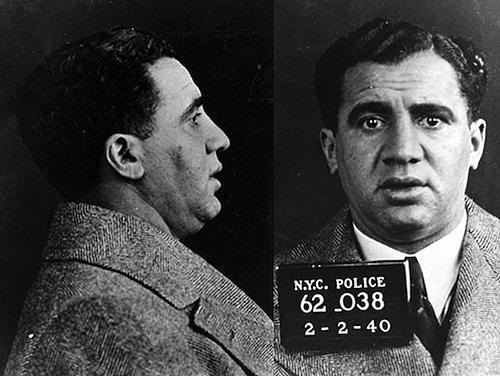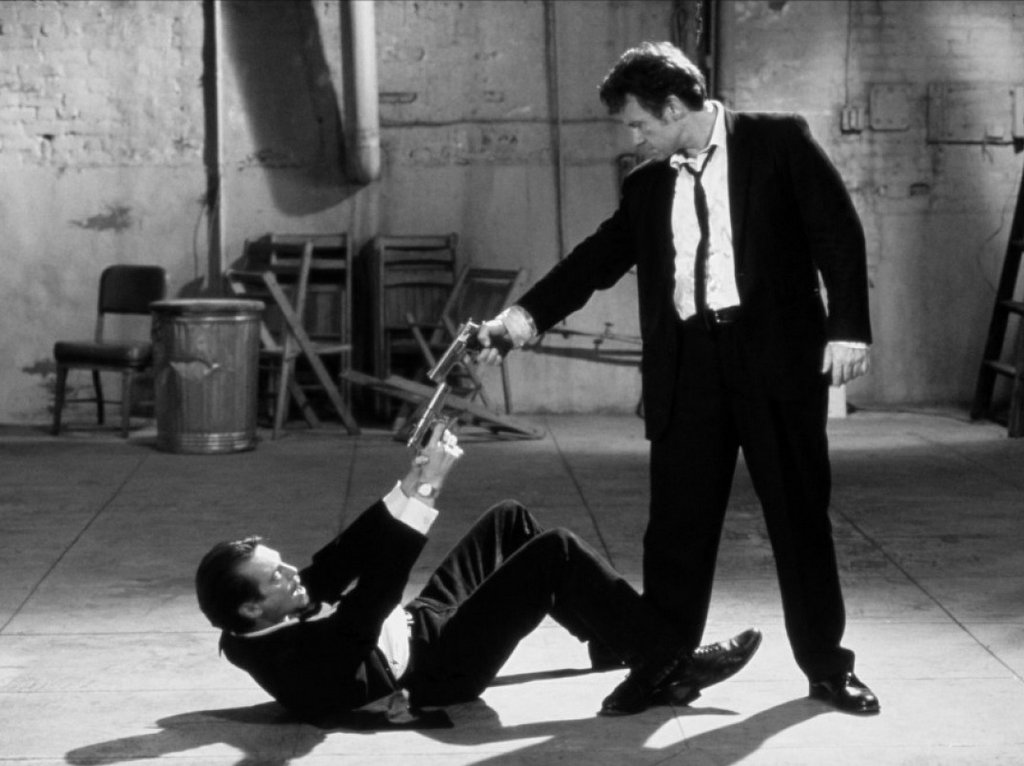Click here and press the right key for the next slide (or swipe left)
also ...
Press the left key to go backwards (or swipe right)
Press n to toggle whether notes are shown (or add '?notes' to the url before the #)
Press m or double tap to slide thumbnails (menu)
Press ? at any time to show the keyboard shortcuts
Walking Together in the Tarantino Sense

The Simple View
Two or more agents perform an intentional joint action
exactly when there is an act-type, φ, such that
each agent intends that
they, these agents, φ together
and their intentions are appropriately related to their actions.
Bratman’s ‘mafia case’
1. I intend that we, you and I, go to NYC together.
2. You intend that we, you and I, go to NYC together.
3. You intend that we, you and I, go to NYC together by way of you forcing me into the back of my car.

Walking together in the Tarantino sense
1. I intend that we, you and I, walk together.
... by means of my forcing you at gun point.
2. You intend that we, you and I, walk together.
... by means of you forcing me at gun point.
the threat of collapse: trading intuitions

another contrast case: blocking the aisle
1. The sisters perform a joint action; the strangers’ actions are parallel but merely individual.
2. In both cases, the conditions of the Simple View are met.
therefore:
3. The Simple View does not correctly answer the question, What distinguishes genuine joint actions from parallel but merely individual actions?
Is it a genuine counterexample?


